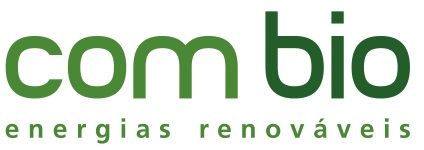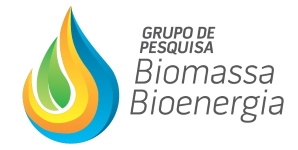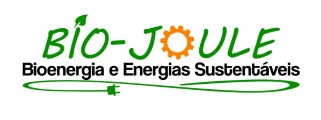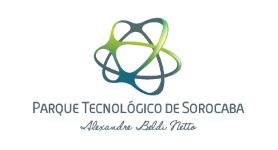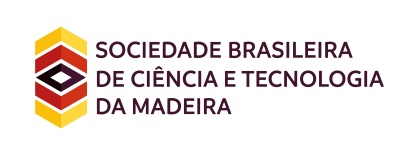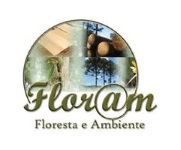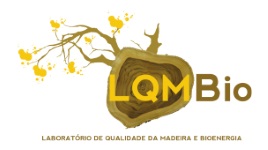PHOTOBIOREACTORS FOR THE CULTIVATION OF MICROALGAE DESTINED TO THE PRODUCTION OF BIODIESEL
01 - Algae
 1 MARIANA MONTEIRO FORTES, 1 GISEL CHENARD DÍAZ, 1 YORDANKA REYES CRUZ, 1 RENÉ GONZALEZ CARLIZ, 1 ROSA V. DE PAULA, 1 DONATO ALEXANDRE GOMES ARANDA
1 MARIANA MONTEIRO FORTES, 1 GISEL CHENARD DÍAZ, 1 YORDANKA REYES CRUZ, 1 RENÉ GONZALEZ CARLIZ, 1 ROSA V. DE PAULA, 1 DONATO ALEXANDRE GOMES ARANDA
1 SCHOOL OF CHEMISTRY / FEDERAL UNIVERSITY OF RIO DE JANEIRO, GREENTEC LABORATORY, BRAZIL
Microalgae are the existing most efficient photosynthetic beings in the world and has been gaining attention for the benefits it can offer to the environment by using the CO2 present in the atmosphere as a nutrient. This study aimed to develop a complete system of cultivation with 30 (thirty) photobioreactors window type for the production of microalgae, to test 3 (three) biomass harvesting systems (flocculation, microfiltration and centrifugation) and to produce biodiesel from wet biomass by hydroesterification processes, saponification process, followed by acidification and esterification, and heat thermal treatment. The developed photobioreactors are effective in the cultivation of several species of microalgae (Dunaliella tertiolecta, Monoraphidium sp. (MORF-1), Ankistrodesmus sp. (ANRF-1) e Scenedesmus sp. (SCIB-1)). In the present study was concluded that the best way of concentration is the combination of centrifugation and microfiltration, reaching humidity levels near 80%. While it is possible to generate biodiesel using various technological routes, then saponification, acidification and esterification showed up the process of greater economic potential for generating a coproduct (antioxidants) with high added value. Furthermore, it was the process in which the biodiesel showed better characteristics according to ANP specification. Lipid profiles of the studied microalgae had also shown great potential for the production of biodiesel, since the composition resembles the lipid profiles of consolidated raw materials in biodiesel production today.
Keywords: microalgae, photobioreactor, biodiesel
